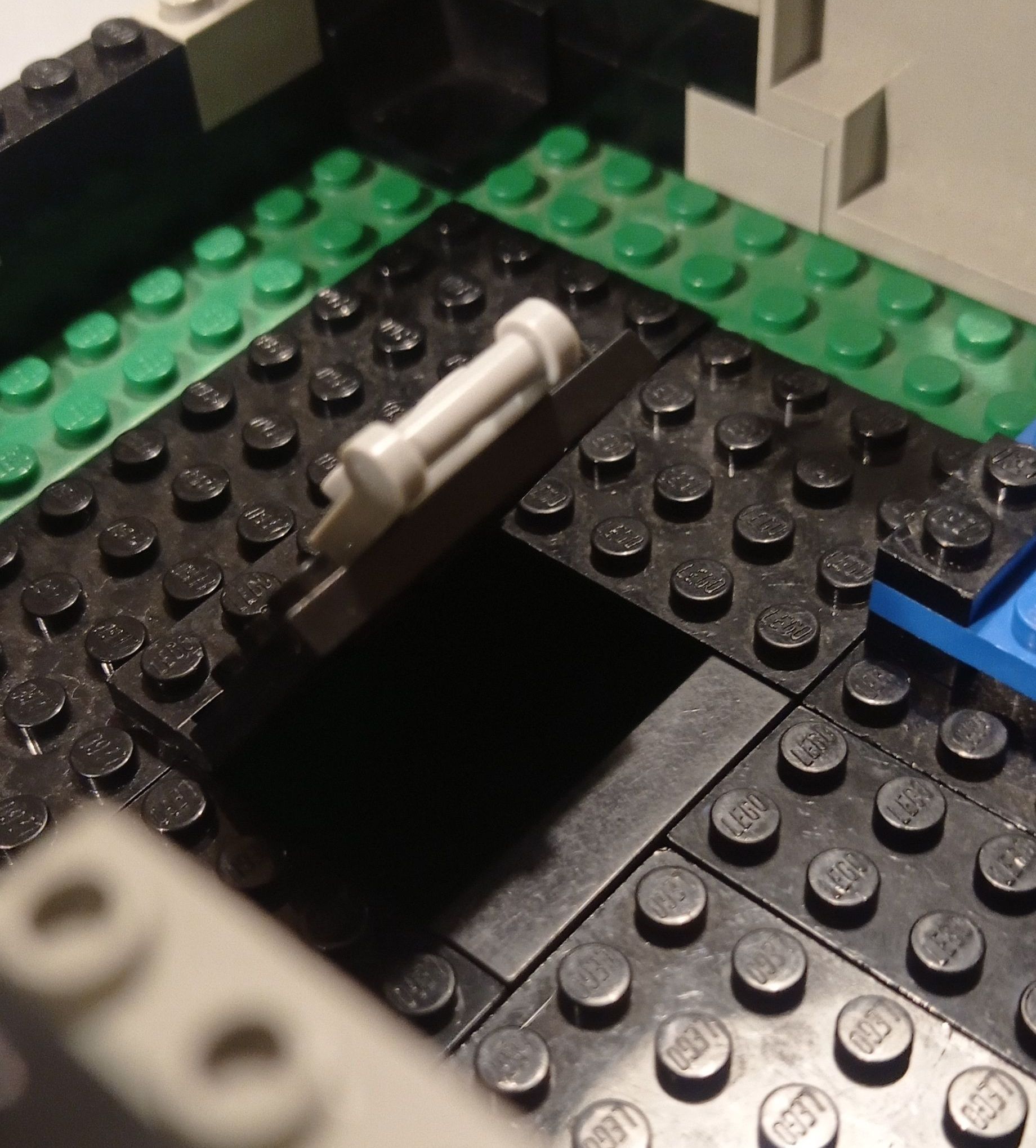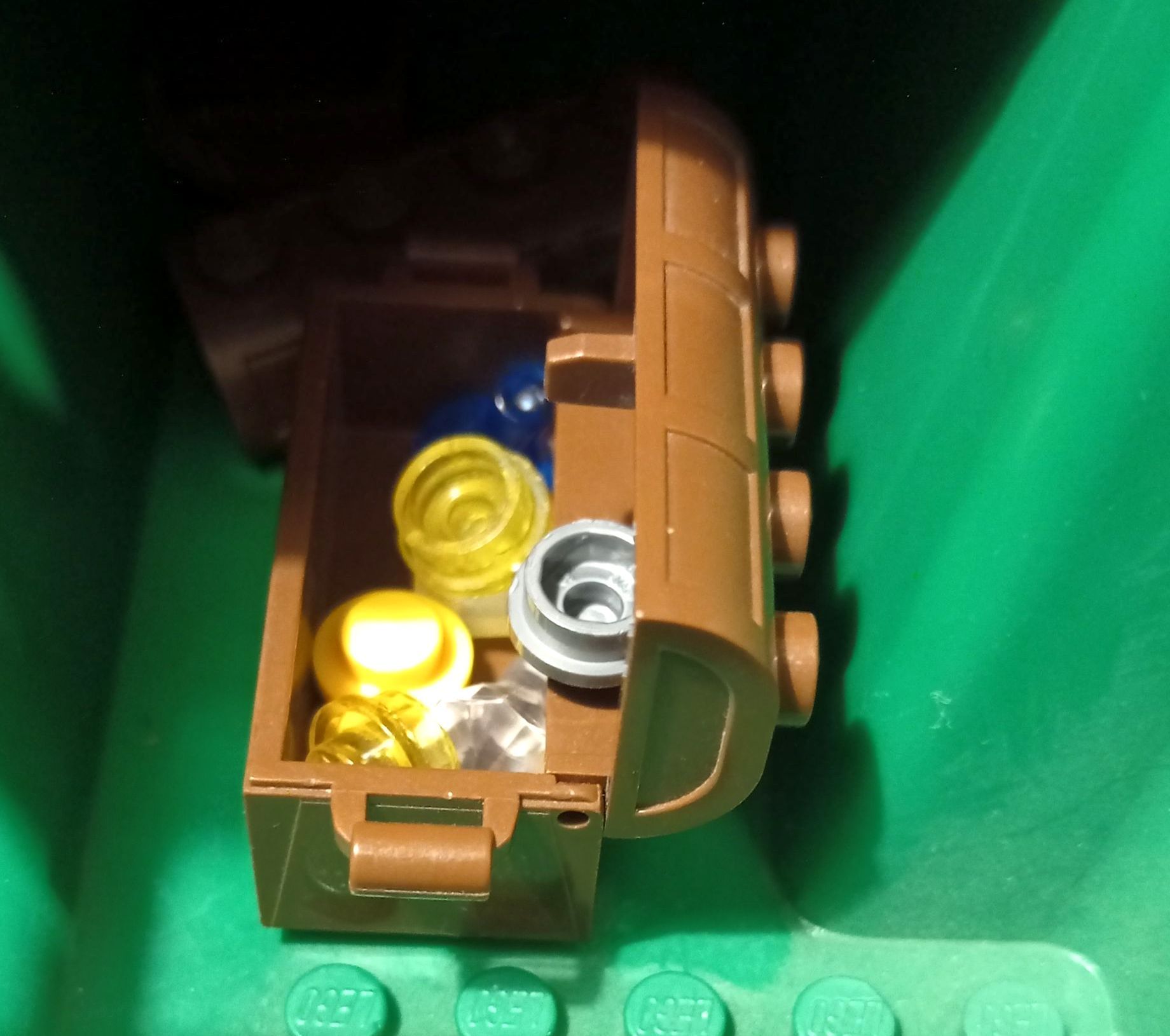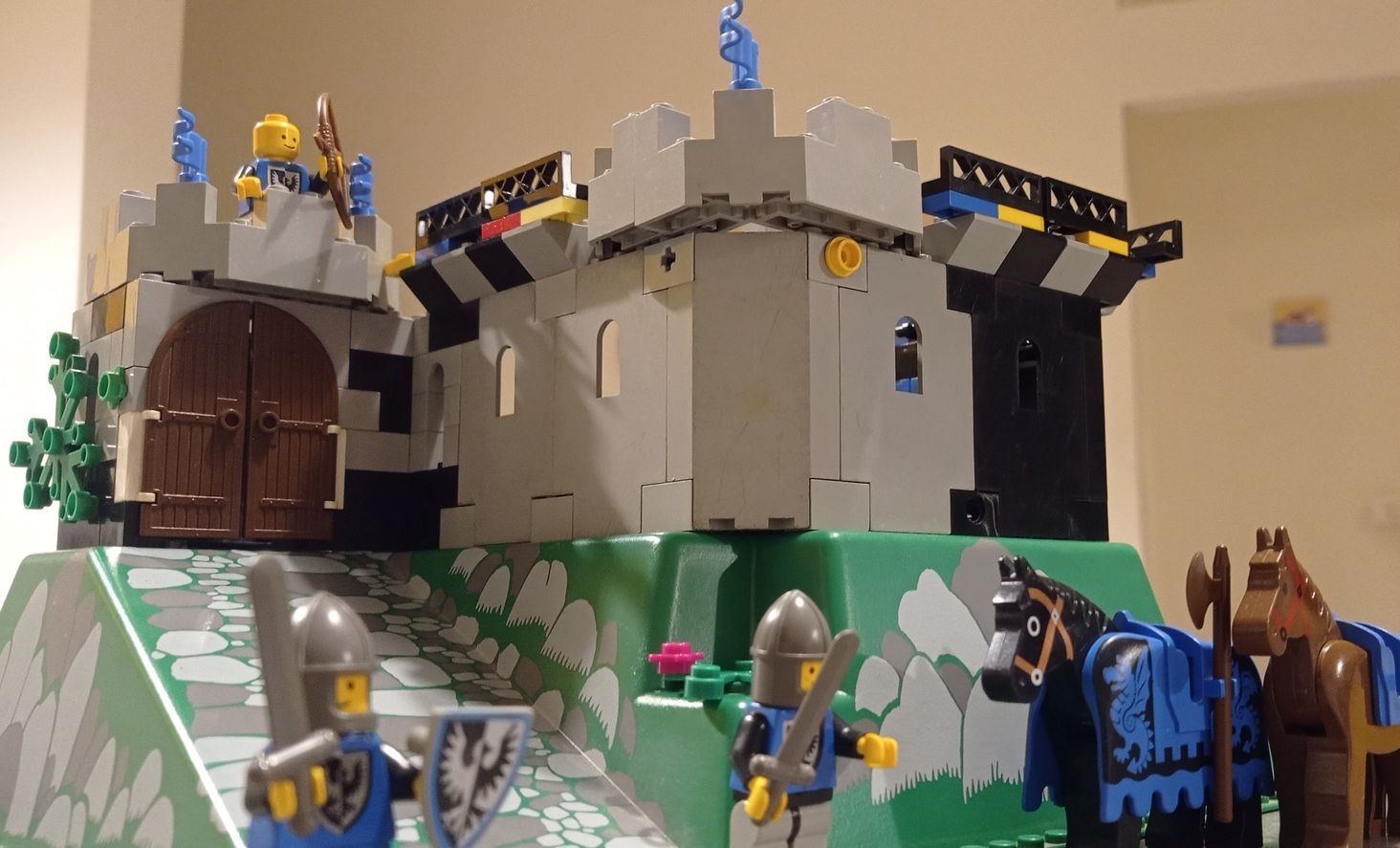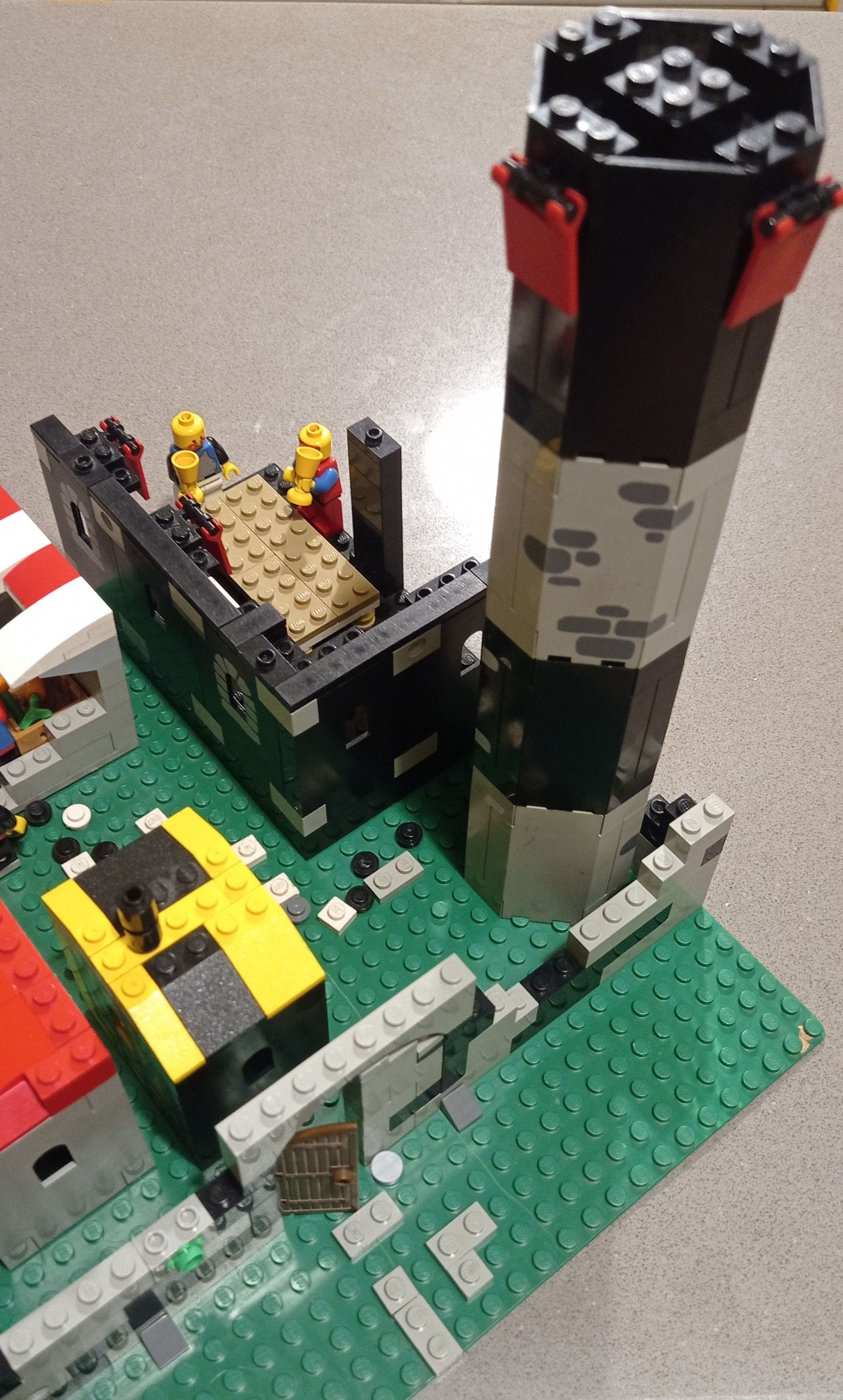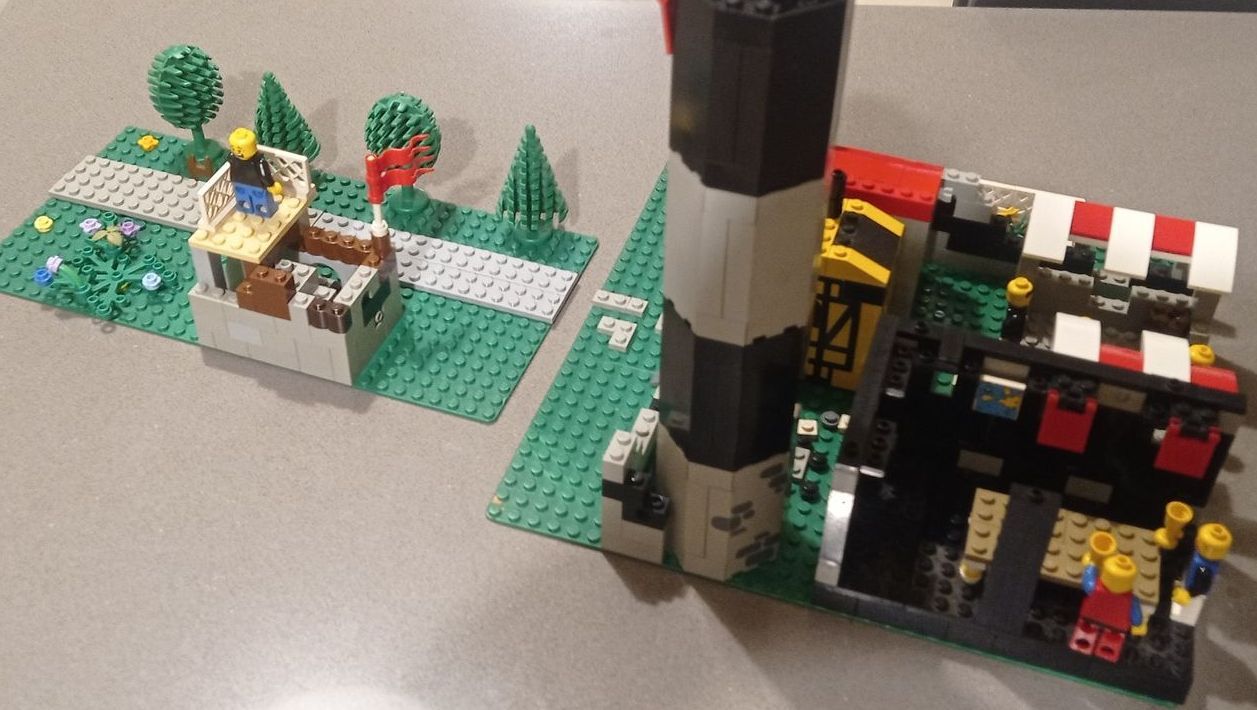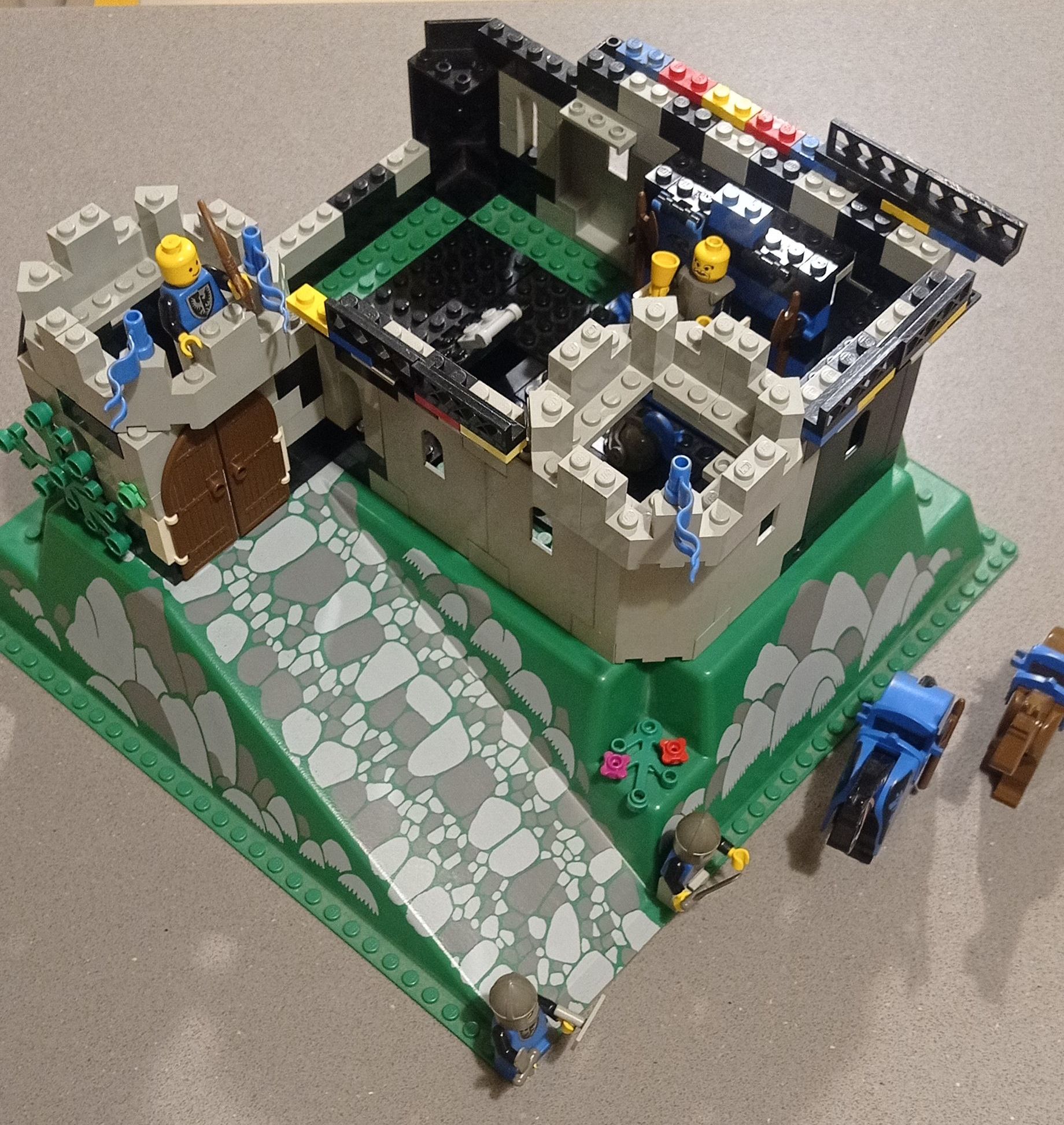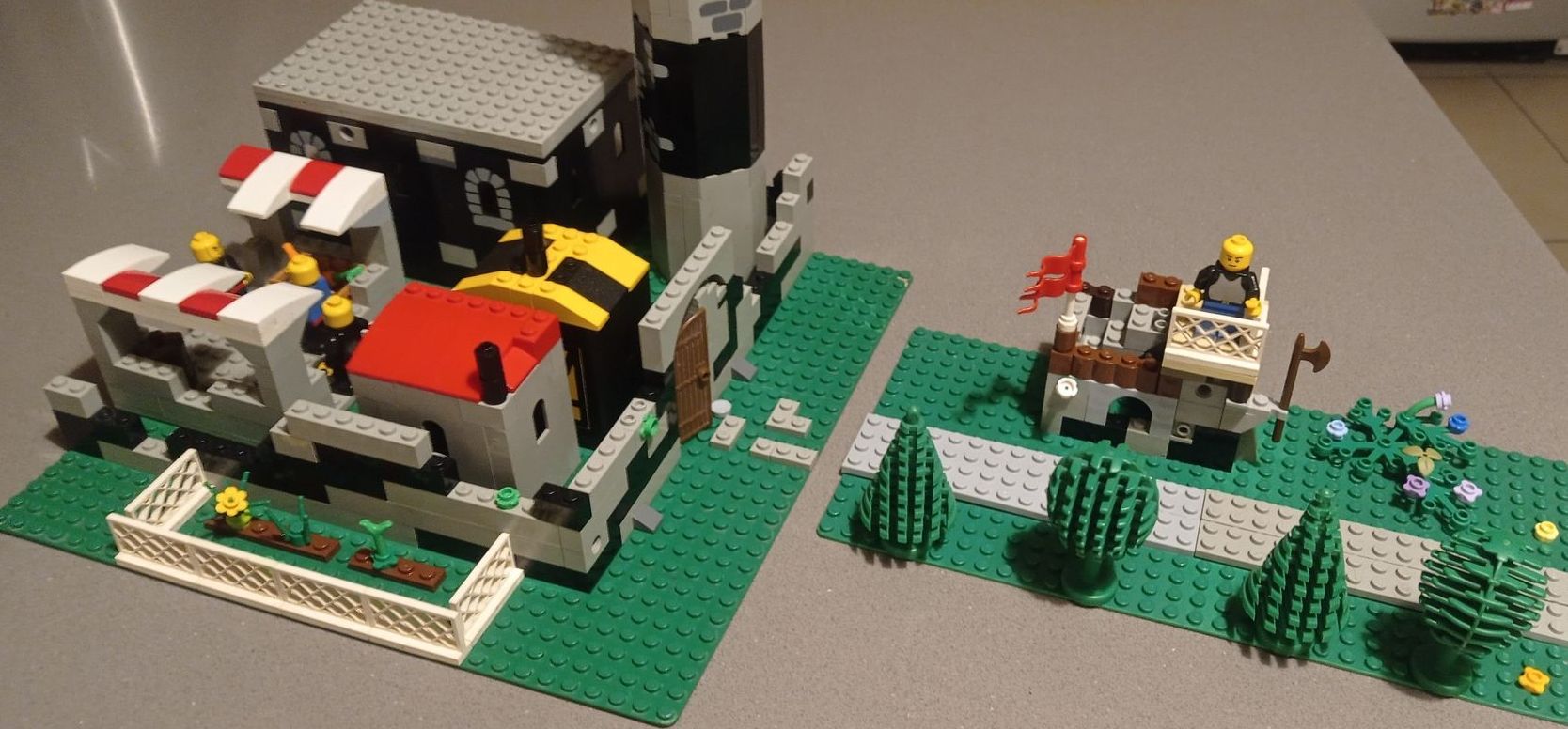Medieval commune
Medieval communes in the European Middle Ages had sworn allegiances of mutual defense, both physical defense and of traditional freedoms, among the citizens of a town or city. These took many forms and varied widely in organization and makeup.

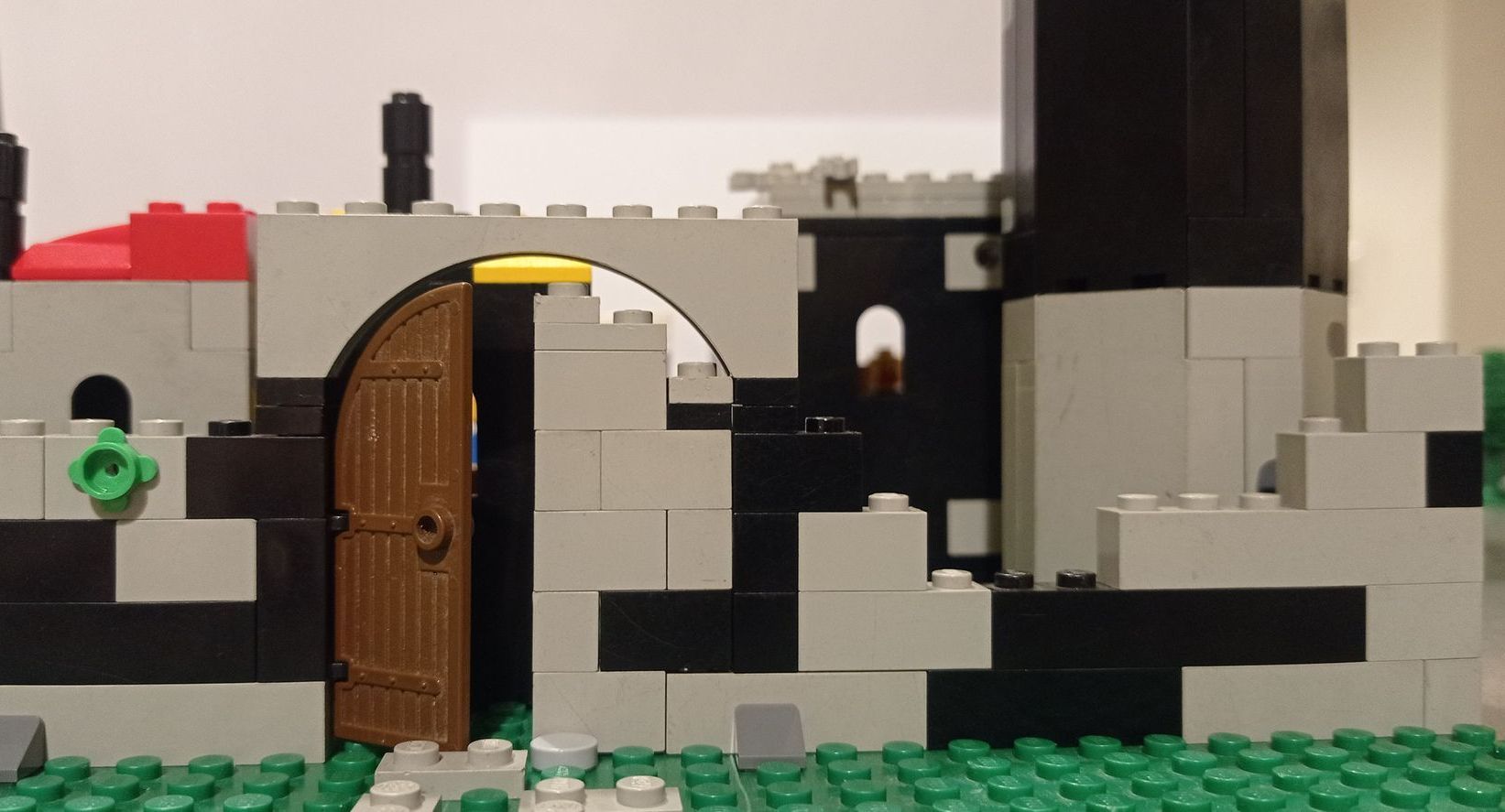
During the 10th century in several parts of Western Europe, peasants began to gravitate towards walled population centers, as advances in agriculture (the three-field system) resulted in greater productivity and intense competition.
In central and northern Italy, and in Provence and Septimania, most of the old Roman cities had survived even if grass grew in their streets.The walled city provided protection from a direct assault at the price of corporate interference on the pettiest levels.
In this build, ancient walls are crumbling and broken gates are partially blocked with old masonry stones.
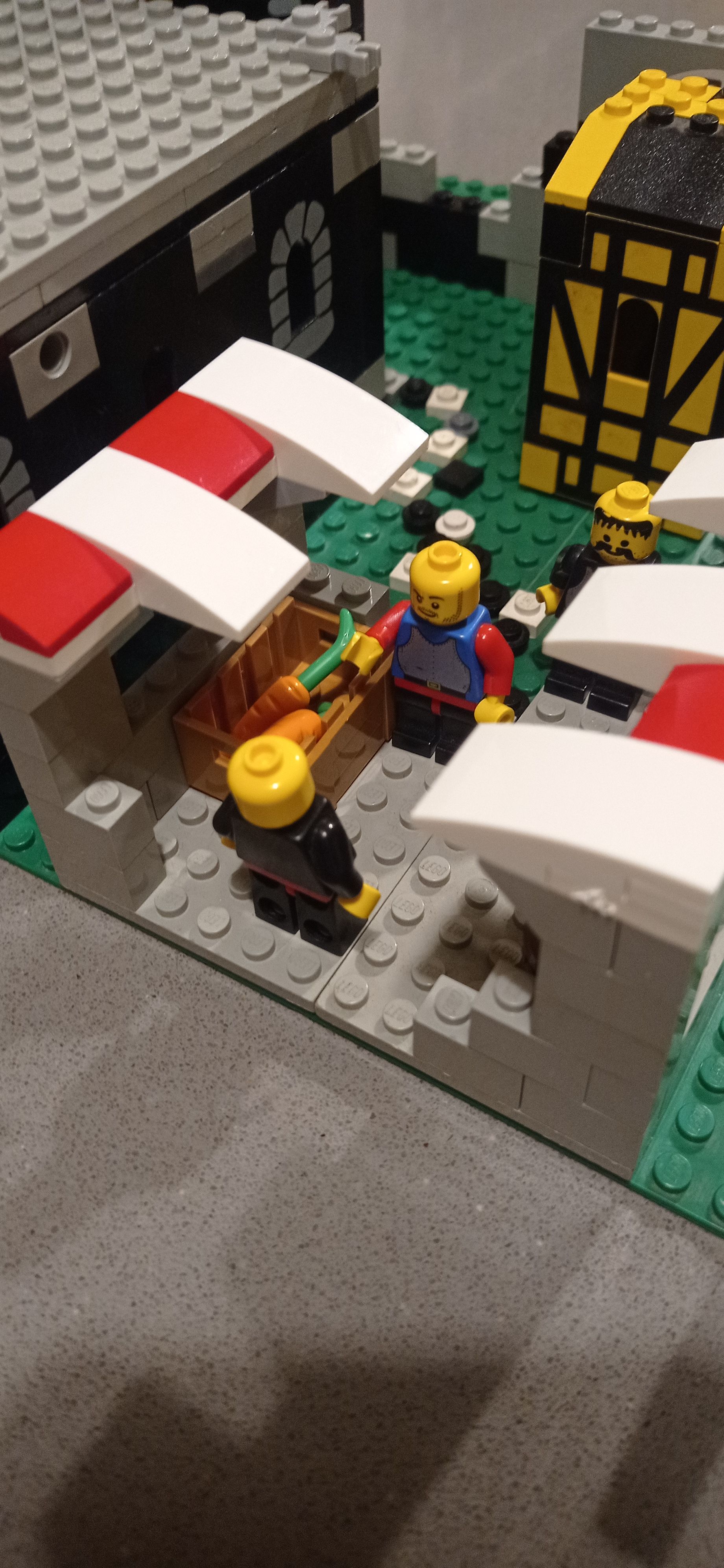
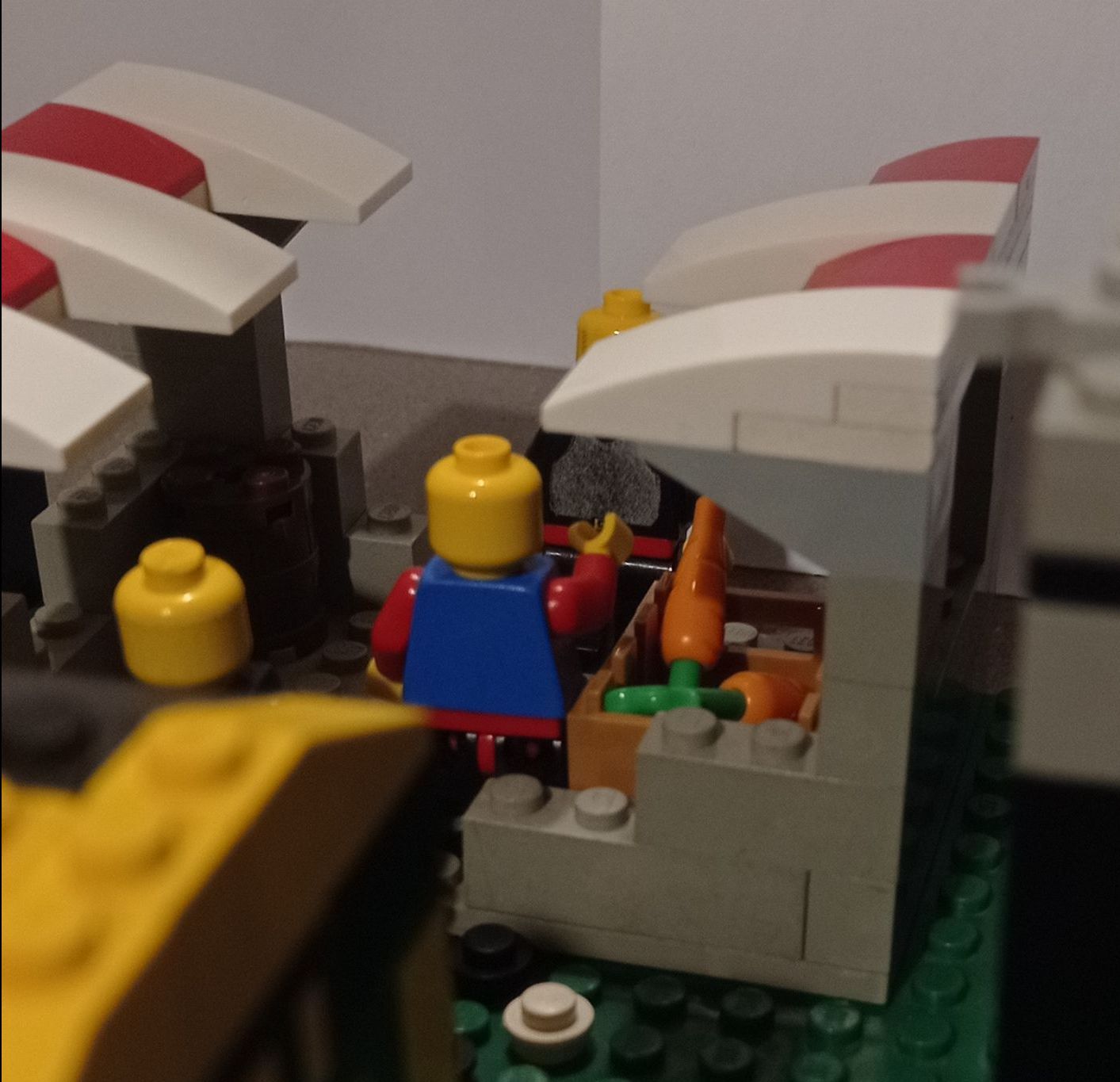
Such townspeople needed physical protection from lawless nobles and bandits, part of the motivation for gathering behind communal walls, but also strove to establish their liberties, the freedom to conduct and regulate their own affairs and security from arbitrary taxation and harassment from the bishop, abbot, or count in whose jurisdiction these obscure and ignoble social outsiders lay.
This was a long process of struggling to obtain charters that guaranteed such basics as the right to hold a market.

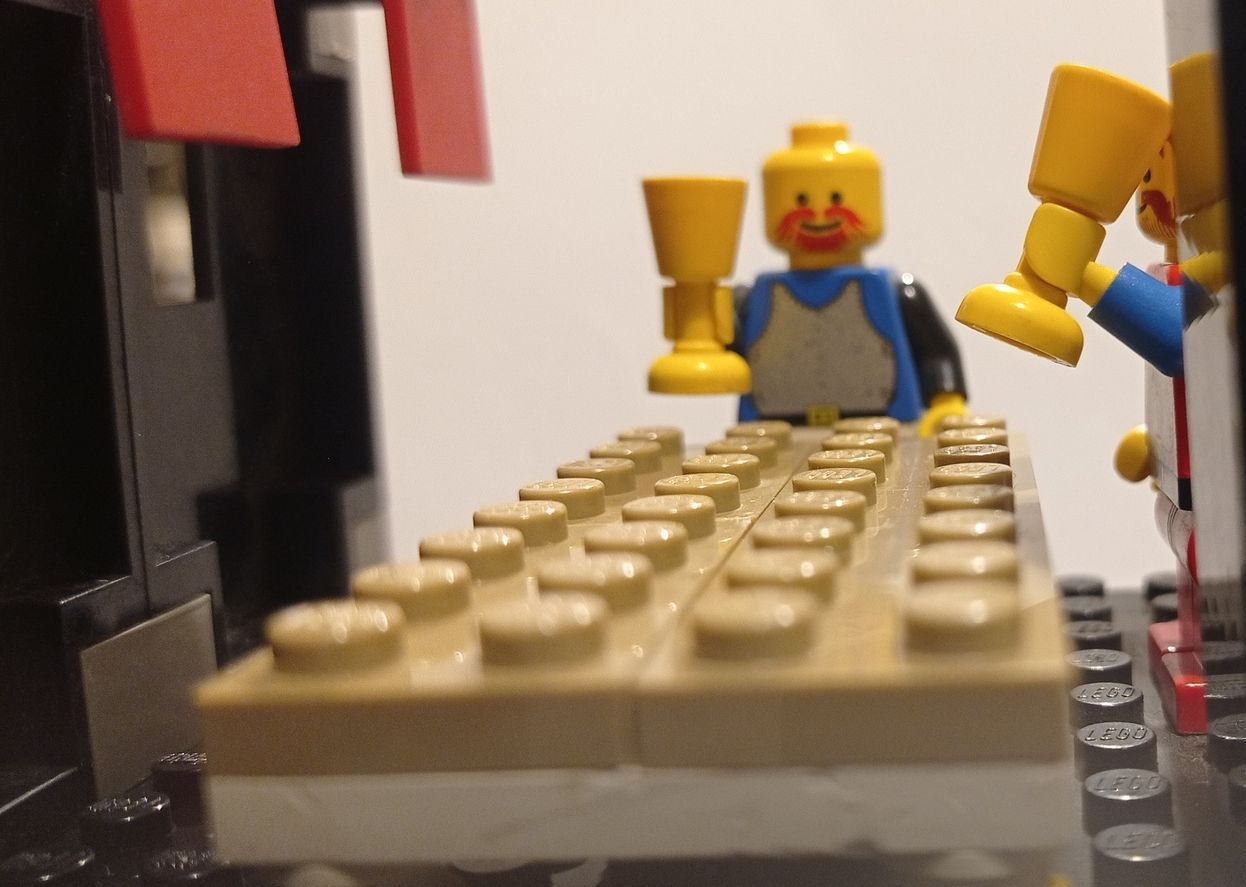
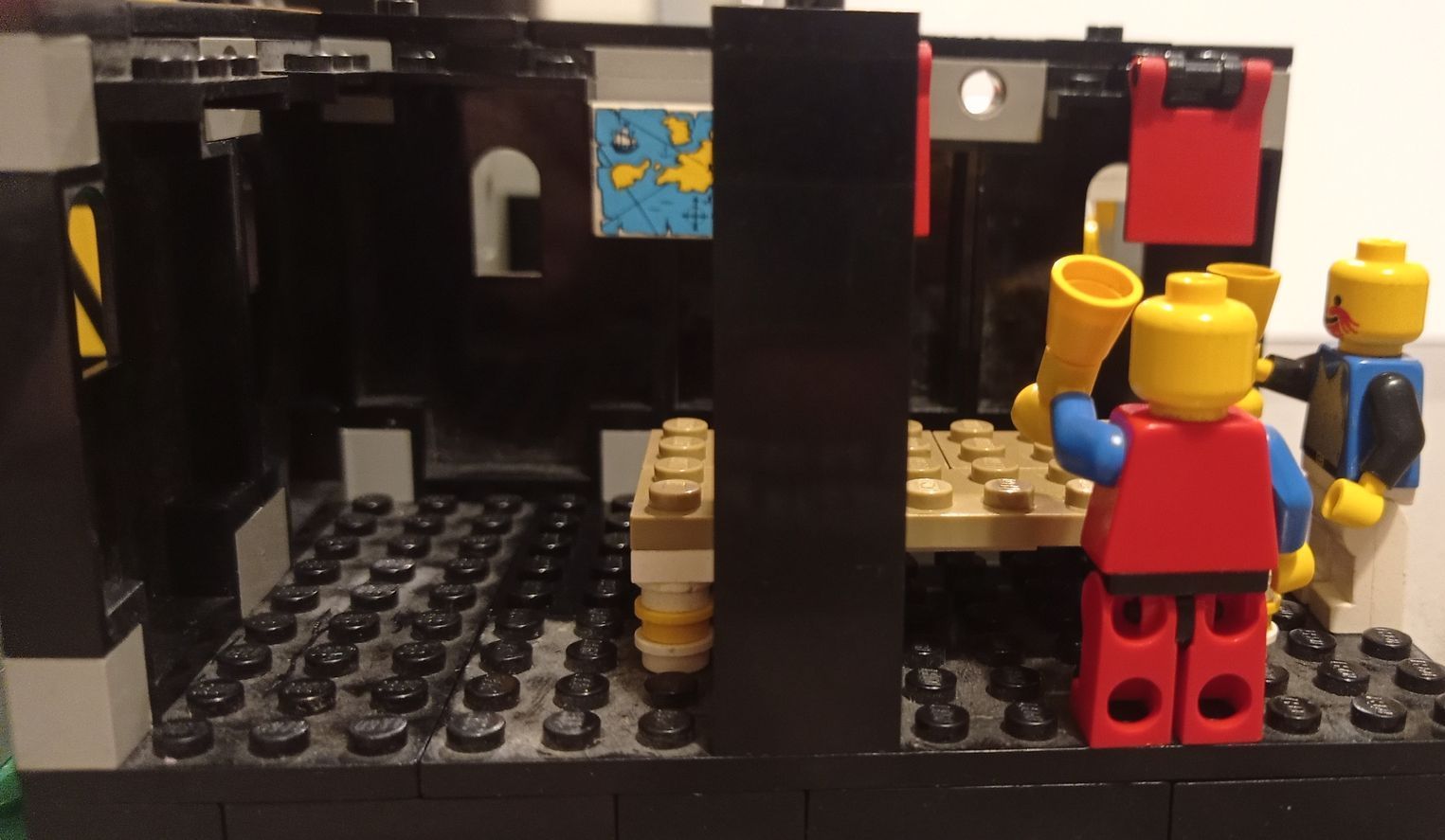
Merchant guilds were reinvented during Europe's Medieval period. Guilds controlled the way that trade was conducted in their region and codified rules governing the conditions of trade. Once established, merchant guild rules were often incorporated into the charters granted to market towns. By the 13th and 14th centuries, merchant guilds had acquired sufficient resources to erect guild halls in many major market towns.
Medieval
guild halls were used to store goods and as places for celebratory events. When not required for guild members' events, the hall often became place where townspeople could hold entertainments such as Passion plays.
In this build, a modular guild hall hosts a celebration. A nautical map exemplifies the guild's long-distance trade relations.
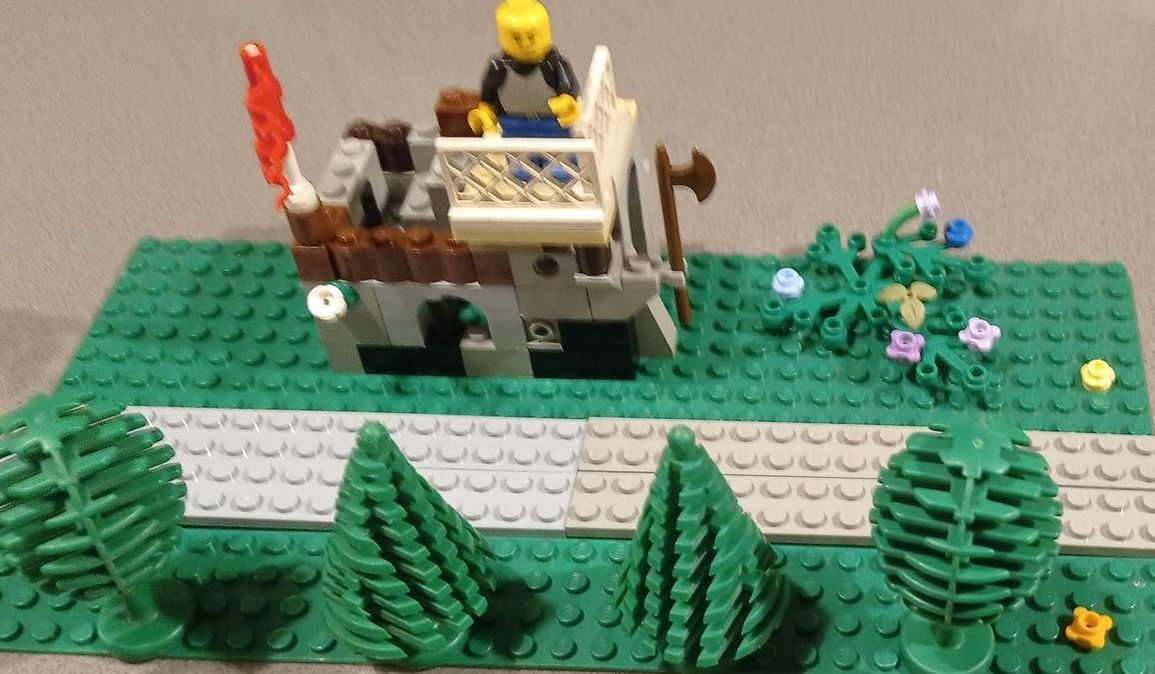
The walled city provided protection, but once a townsman left the city walls, he (for women scarcely travelled) was at the mercy of often violent and lawless nobles in the countryside.
In this build, a guard tower is built alongside an ancient Roman road. The tower is erected over the foundations of an older building. Its top floor is constructed from wood, to save resources.
The tower flys the guild's colors, and hosts armed guards who watch the road.
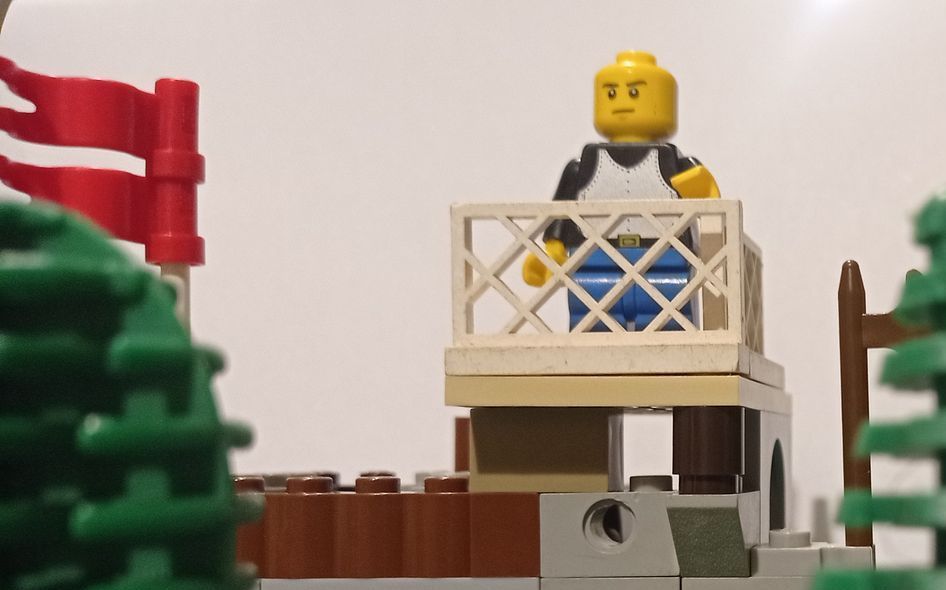
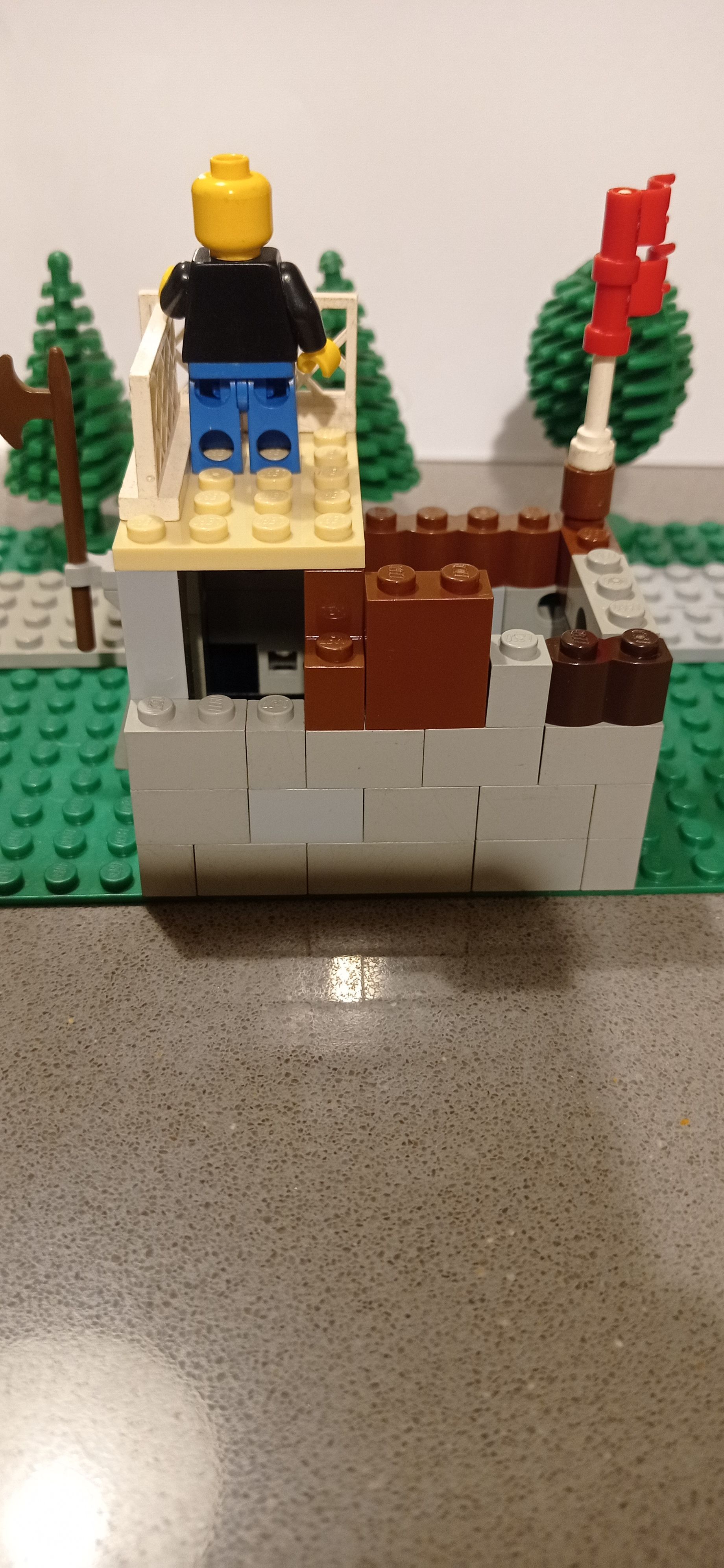
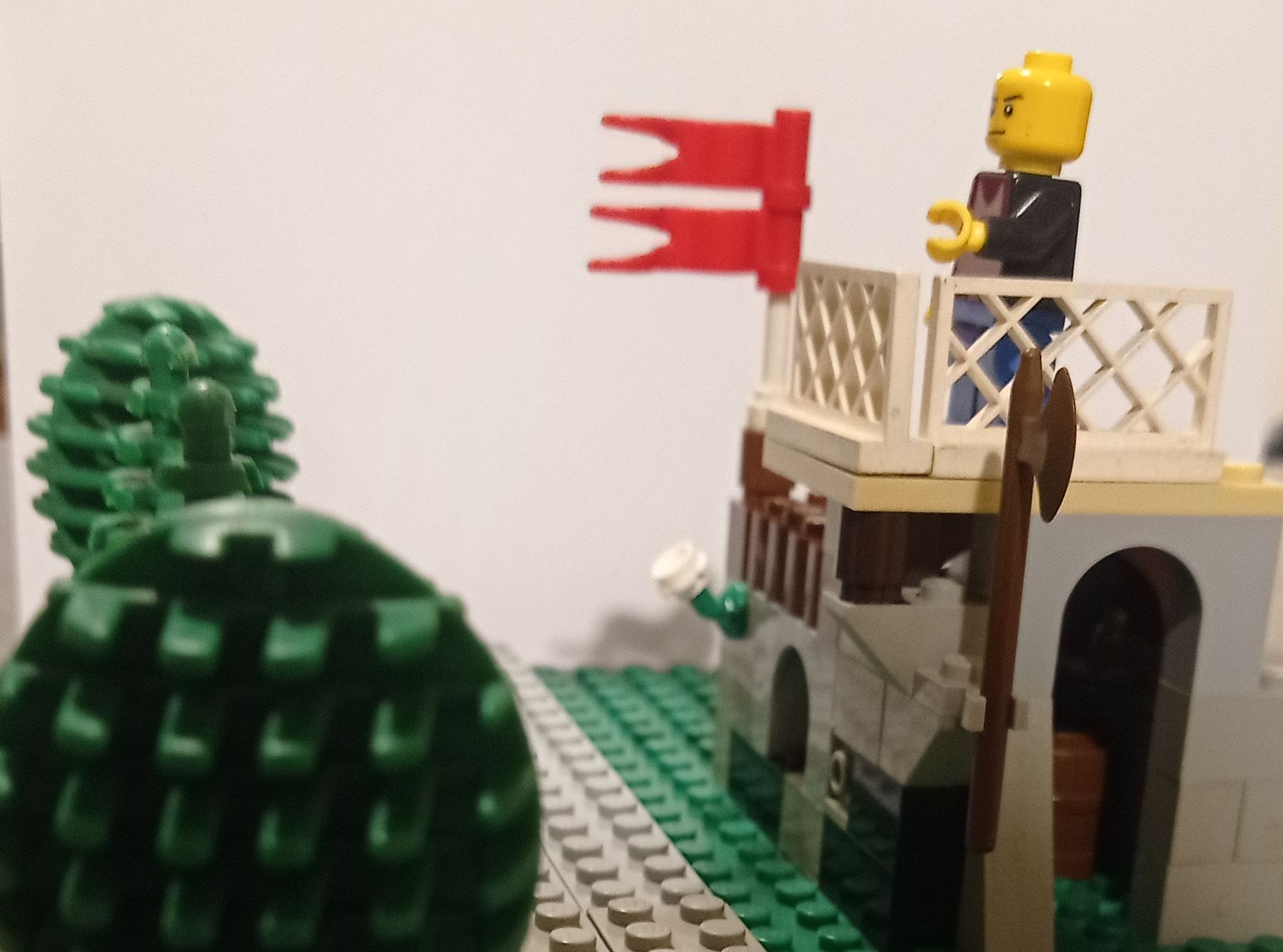
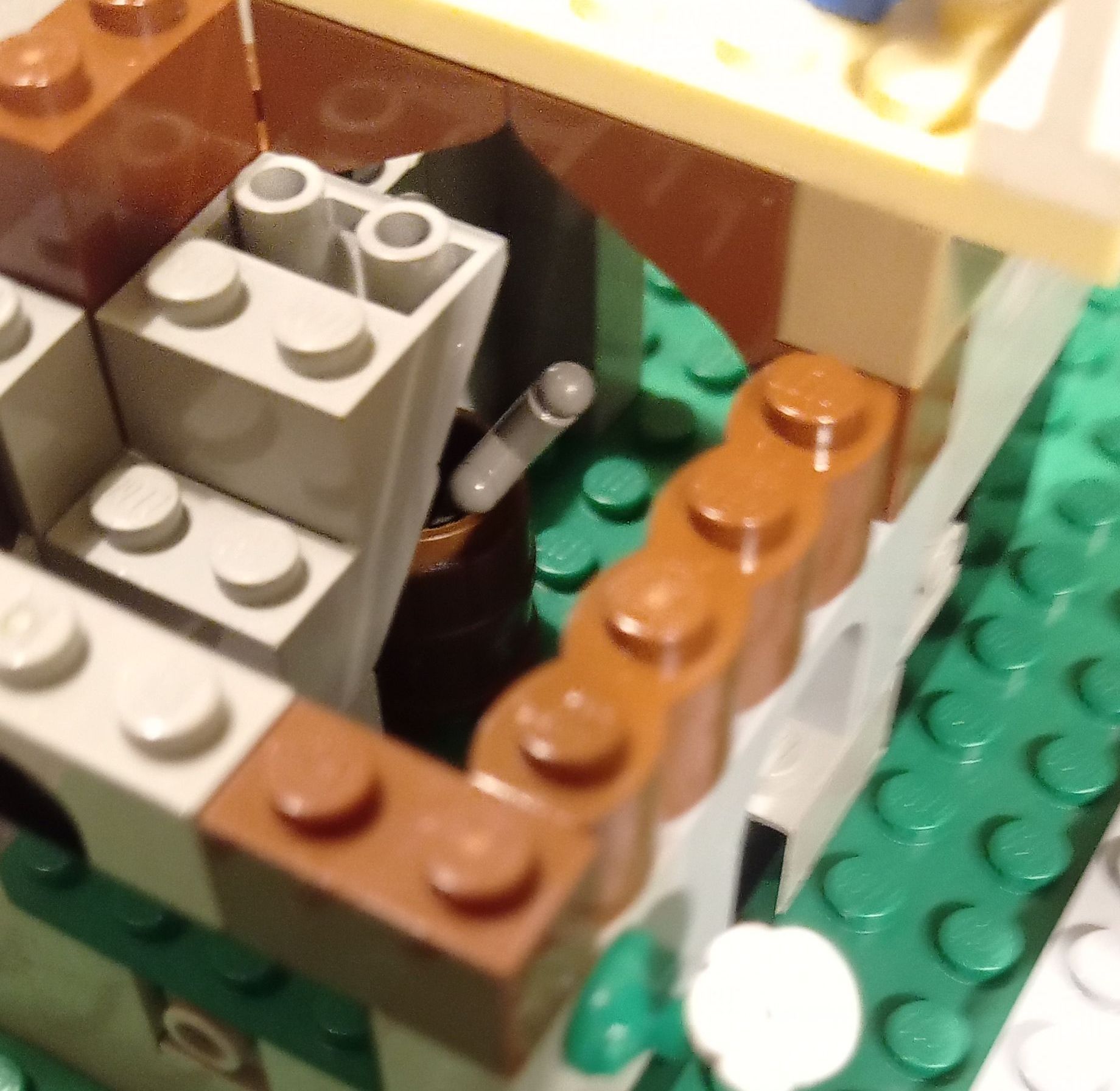
This was not a great era for the nobles, knights, Barrons, and alike. Their estates were shrinking with each generation, and those who were once the core of Europe's political order turned in many cases into lawless thieves and robbers. Their once magnificent castles were unmaintained and started to fall apart.
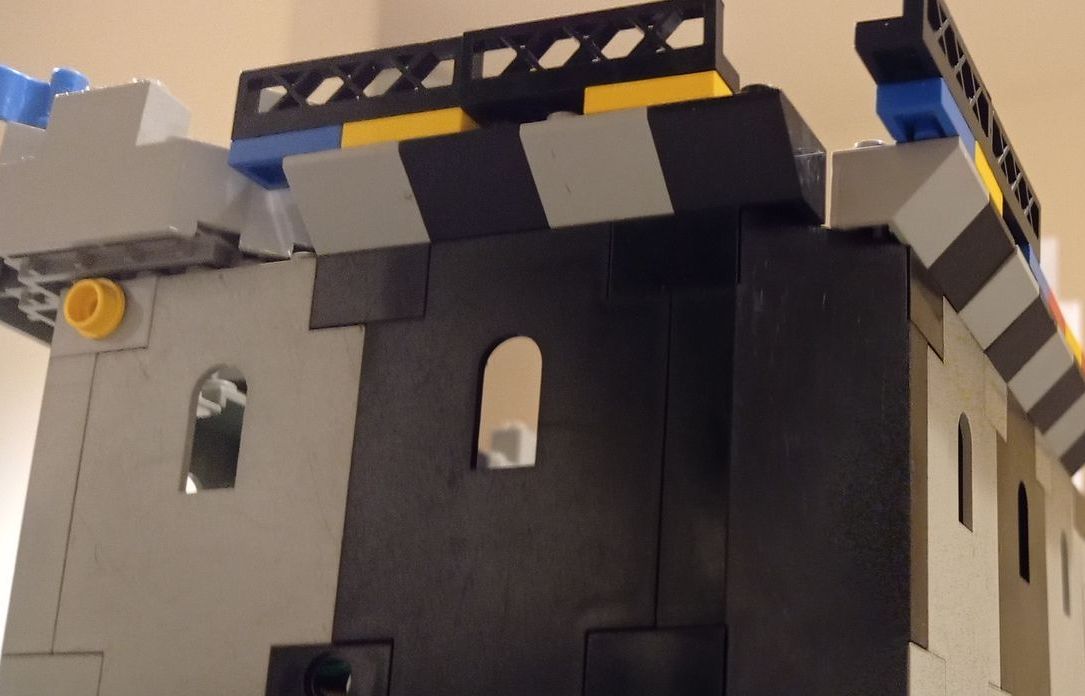
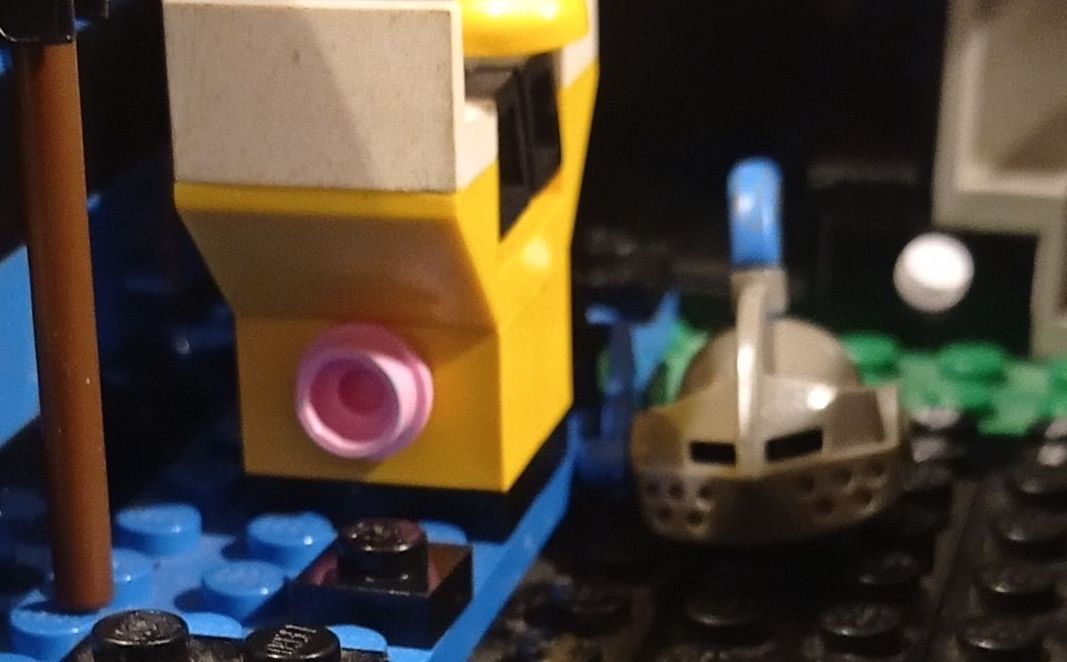
In this build, the castle is falling apart: fortifications are missing, soldiers' equipment is lacking, and decorations are broken.
The throne room is in bad shape: one of the two heraldic flags is gone, the carpet is partially torn, and the Barron's ceremonial helmet is missing some of its blue decorations.
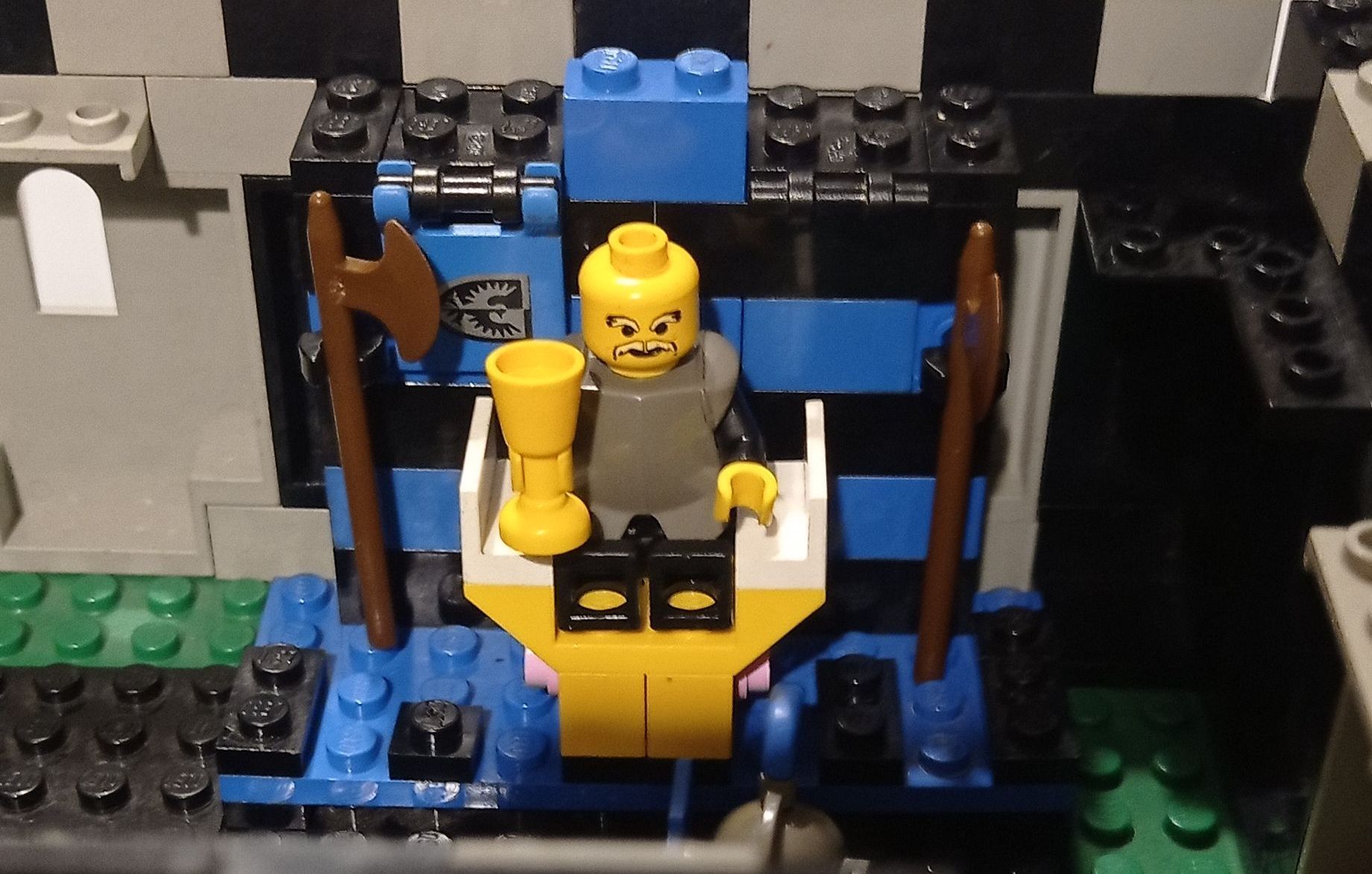
The Barron exists on the remains of treasures accumulated by his ancestors. These are held in the castle's basement, where many chests that once use to contain gold and silver are now empty.
